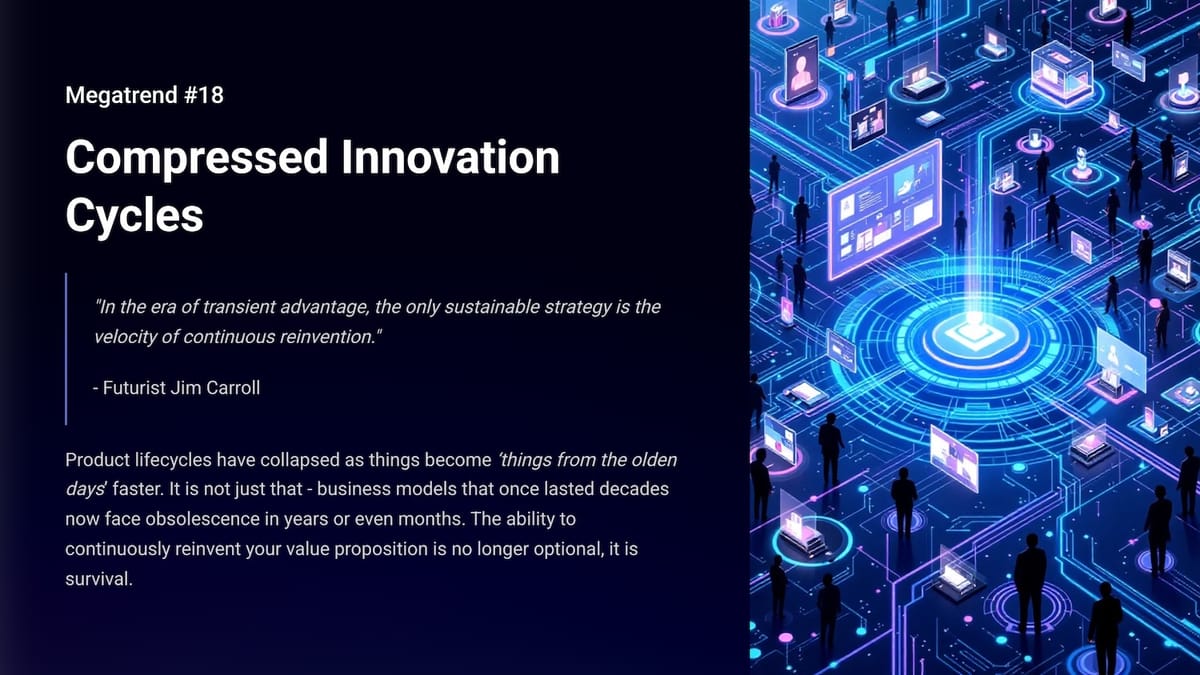"In the era of transient advantage, the only sustainable strategy is the velocity of continuous reinvention." - Futurist Jim Carroll
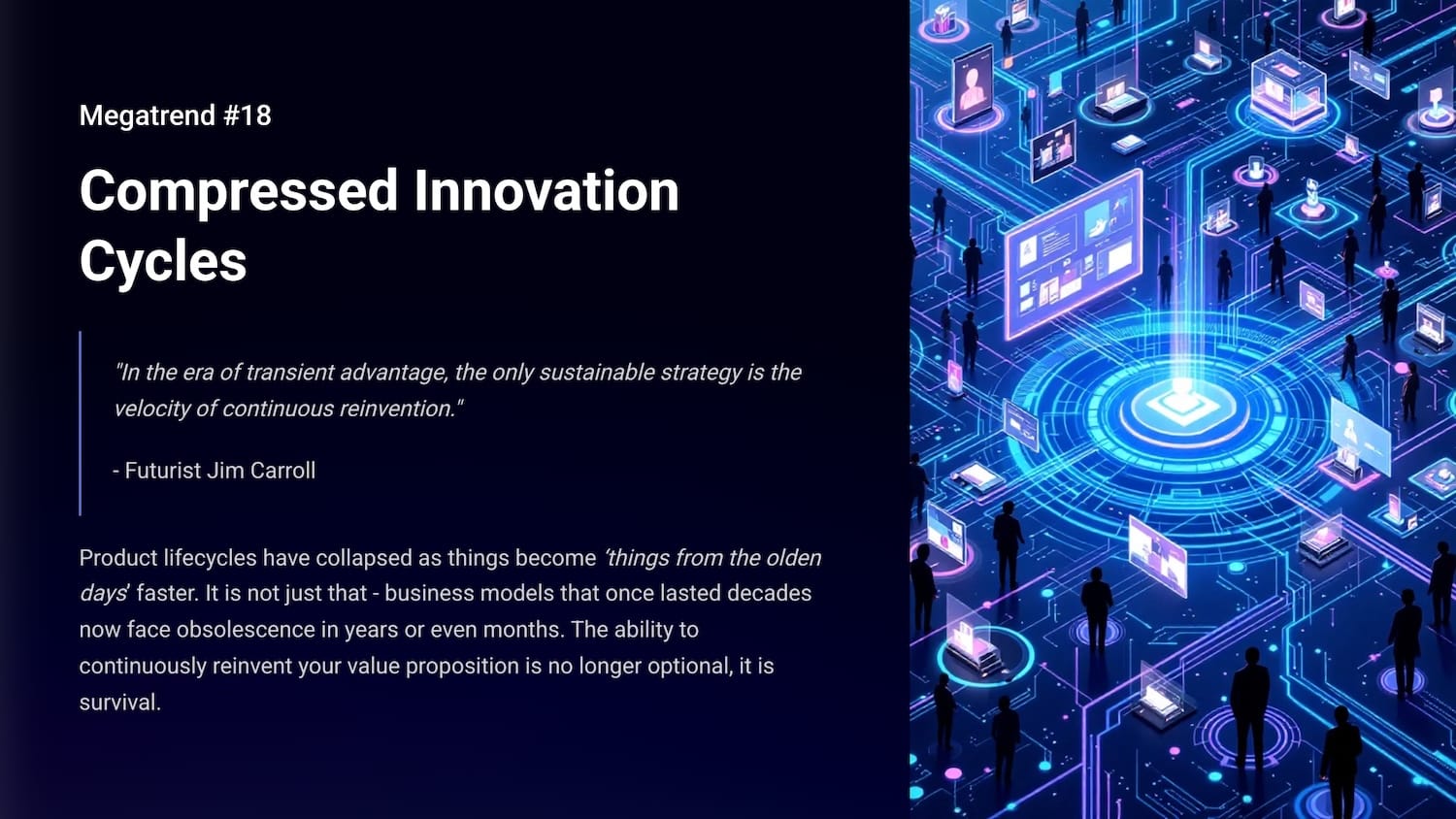
(Futurist Jim Carroll is writing a series on 30 Megatrends, which he first outlined in his book Dancing in the Rain: How Bold Leaders Grow Stronger in Stormy Times. The trends were shared in the book as a way of demonstrating that, despite any period of economic volatility, there is always long-term opportunity to be found. The book is now in print - learn more at dancing.jimcarroll.com)
Product lifecycles have collapsed as things become 'things from the olden days' faster. It is not just that business models that once lasted decades now face obsolescence in years or even months. The ability to continuously reinvent your value proposition is no longer optional; it is survival.
Let's call it "The End of Enduring Advantage." In the future, pretty much every organization is going to have to navigate the era of compressed innovation, mimicking what leading-edge organizations are already doing today.
I've been using the gamma.app to prepare the slides for this series of Megatrends - here's the more detailed PDF behind today's post. I've used Google Gemini to assemble my thoughts for the trend.
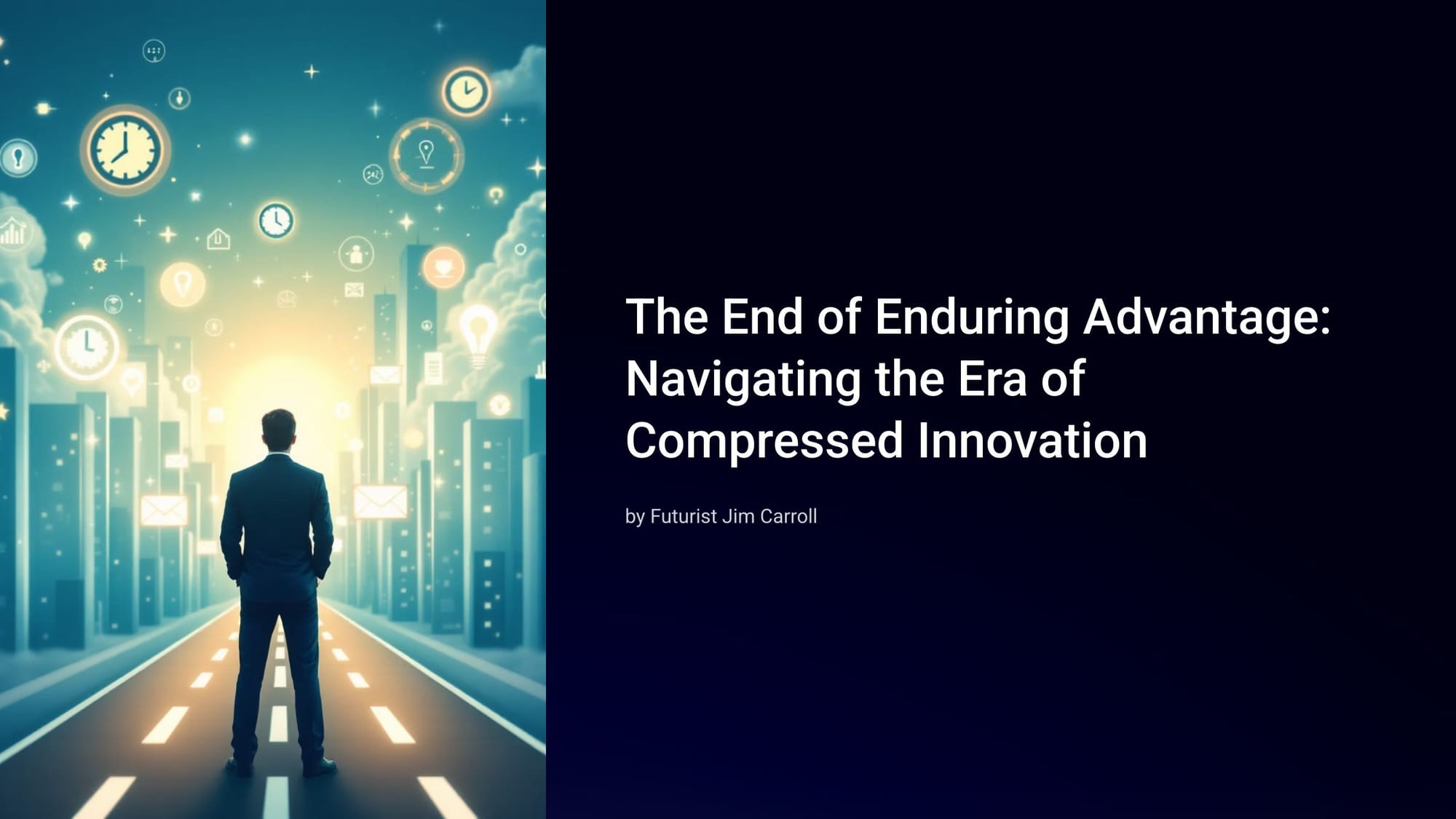
Behind this trend is the age-old reality that eventually, every product and service runs its course - its life cycle comes to an end. Joseph Schumpeter's concept of "creative destruction" described the "process of industrial mutation that incessantly revolutionizes the economic structure from within, incessantly destroying the old one, incessantly creating a new one." Historically, this was envisioned as a powerful but periodic 'gale' that would sweep through the economy over decades. Companies lasted a long time, as did the products they brought to market.
That's no longer the case. Today, this periodic gale has transformed into a perpetual, high-velocity hurricane. The forces of globalization, the digital revolution, and lowered barriers to entry have converted creative destruction from discrete events into a continuous, churning state. The strategic challenge is no longer about building a fortress to withstand occasional storms, but designing a vessel agile enough to navigate constant change.
The impact? The actual average lifespan of a company has decreased rather dramatically in the last few decades.
What's behind this is the concept of a product lifecycle.
Today, the unit of time is essentially collapsing and becoming shorter. As I often say on stage, "things are becoming things from the olden days faster than ever before!"
What's behind this is the arrival of the '6th wave' of innovation. Each wave has been characterized by certain key attributes and technologies
- 1785–1845 - 60 Years: Water Power, Textiles, Iron Mechanization of production, rise of factories
- 1845–1900 - 55 Years: Steam, Rail, Steel,l Mass transportation, industrial monopolies
- 1900–1950 - 50 Years: Electricity, Chemicals, Combustion Engine, Electrification of society, mass production
- 1950–1990 - 40 Years: Petrochemicals, Aviation, Electronics, Globalization of travel, consumer electronics
- 1990–2020 - 30 Years: Digital Networks, Software, New Media, The Internet, information democratization
- 2020–Present: Ongoing AI, IoT, Robotics, Clean Tech, Autonomous systems, hyper-connectivity
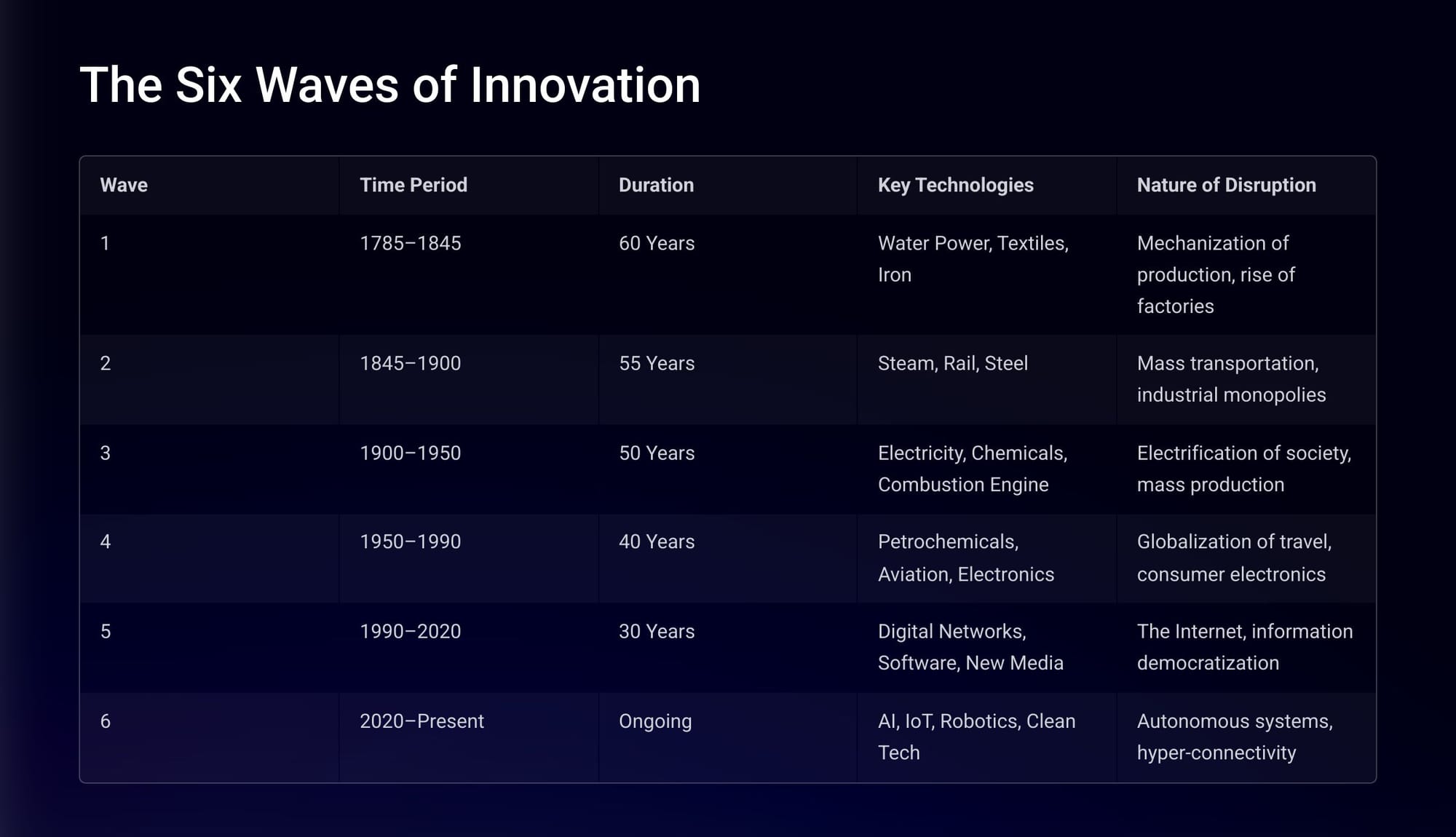
We entered the sixth wave just a few years ago, and are in very early stages yet. Even so, the implications are profound.
Essentially, no company is guaranteed success. Rita Gunther McGrath of the Columbia Business School captured it perfectly: "Sustainable competitive advantage is now the exception, not the rule. Transient advantage is the new normal."
Think about the phrase - 'transient advantage.' The goal is no longer to build an impregnable fortress and defend it for decades, but to become exceptionally skilled at building, exploiting, and ultimately abandoning a series of temporary advantages in rapid succession. Constant reinvention, rapid iteration, and certainly the end of any complacency.
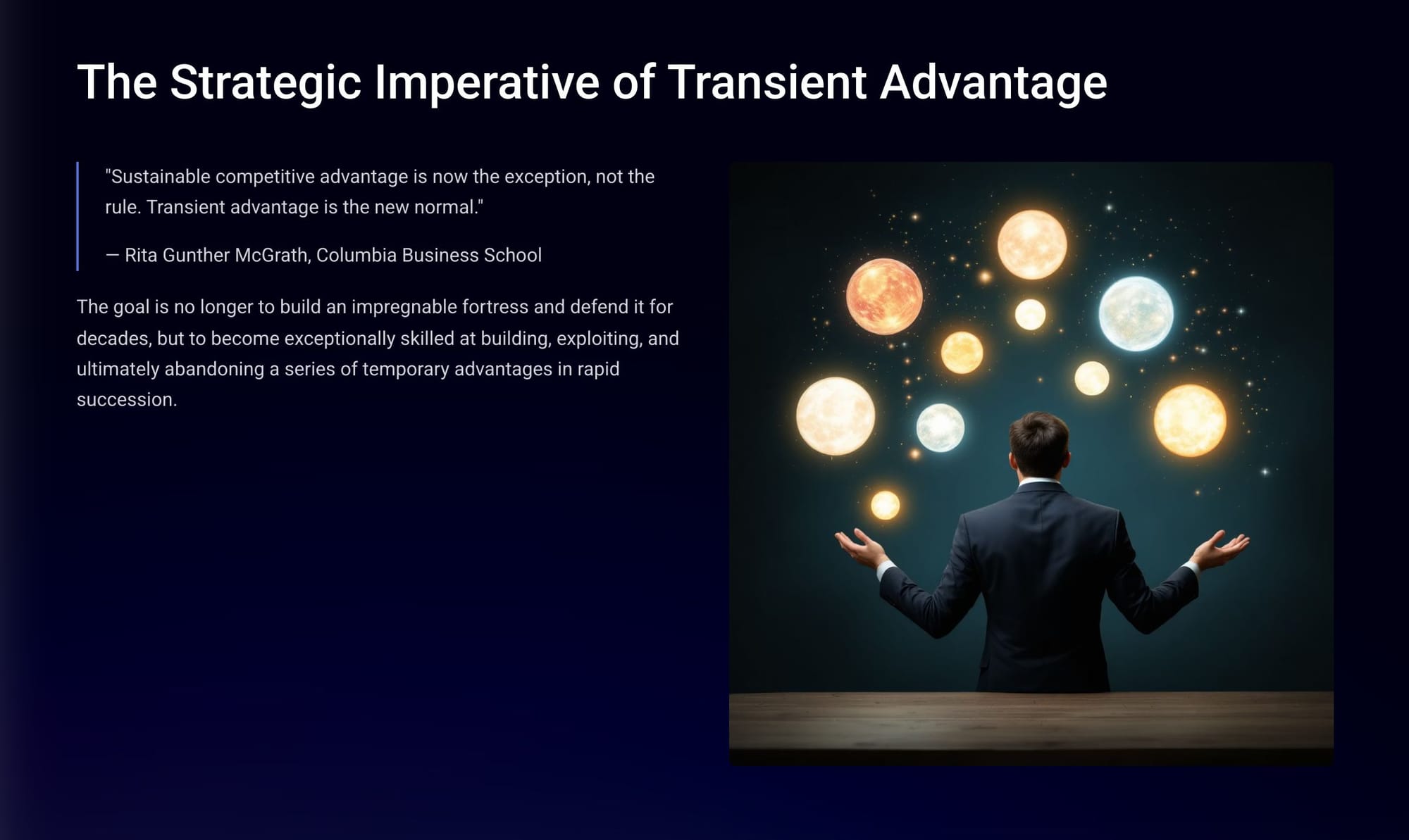
This is the Life Cycle of Transient Advantage
- Launch: Ideation and experimentation phase, where opportunities are identified and initial resources assembled.
- Ramp Up: Scaling the validated idea. Success depends on strong organizational, planning, and execution skills.
- Exploit: Maximizing profits and market share from the newly established advantage, though this window is increasingly shorter.
- Reconfigure: Proactively reconfigure the offering or business model to stay fresh as competition emerges.
- Disengage: Systematically extracting capital, talent, and resources to reallocate them to the next wave of innovation.
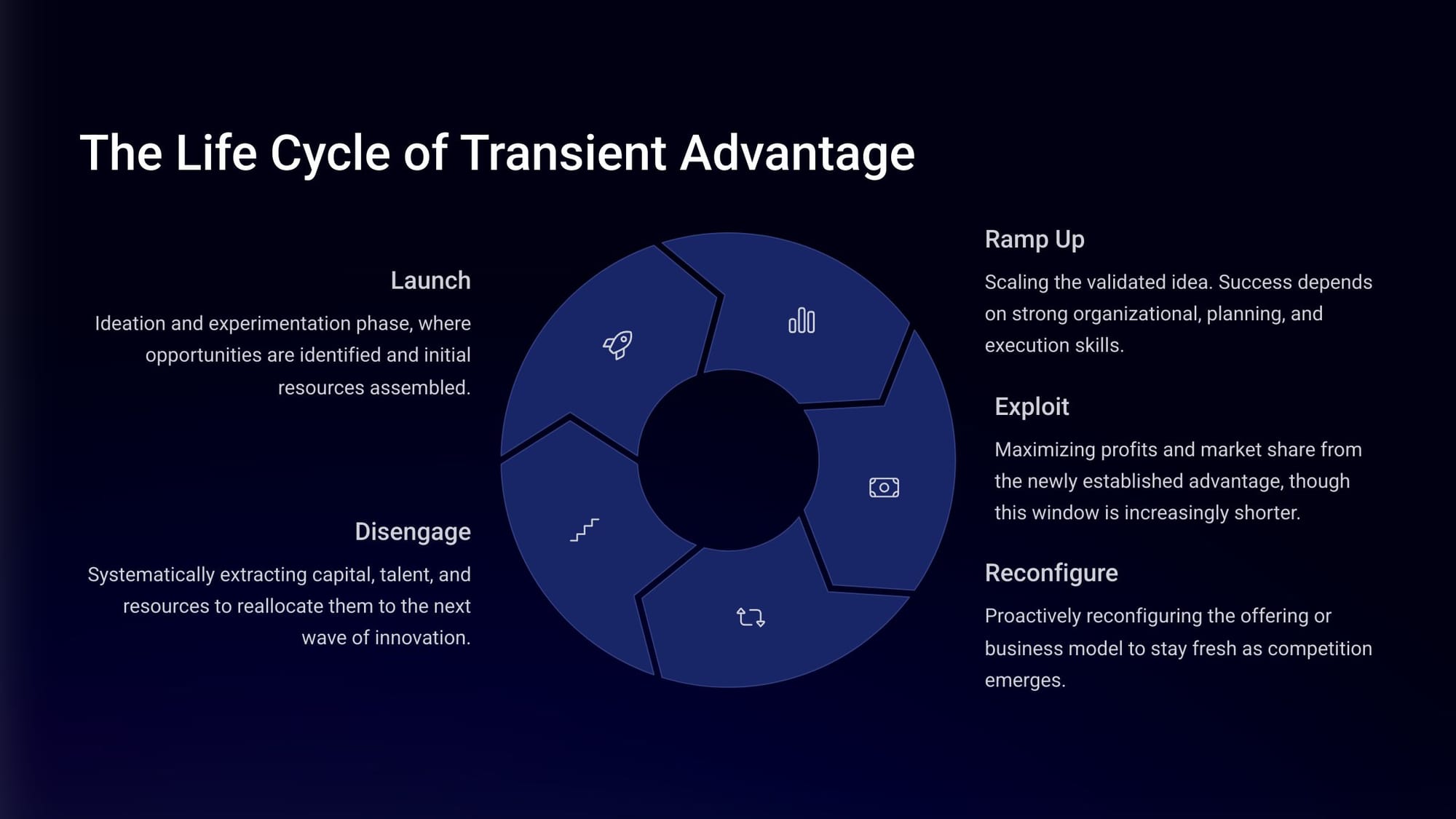
What's behind this trend?
Multiple factors - it's been underway for some time. But the new catalyst, which is going to see this trend accelerate massively, is - surprise, surprise! - artificial intelligence. Its impact is felt from initial market sensing to final product delivery. The innovation funnel is being compressed at every point, from idea generation and research to prototyping, development, testing, and go-to-market strategy. Simply put, it is allowing people to think, imagine, and create faster.
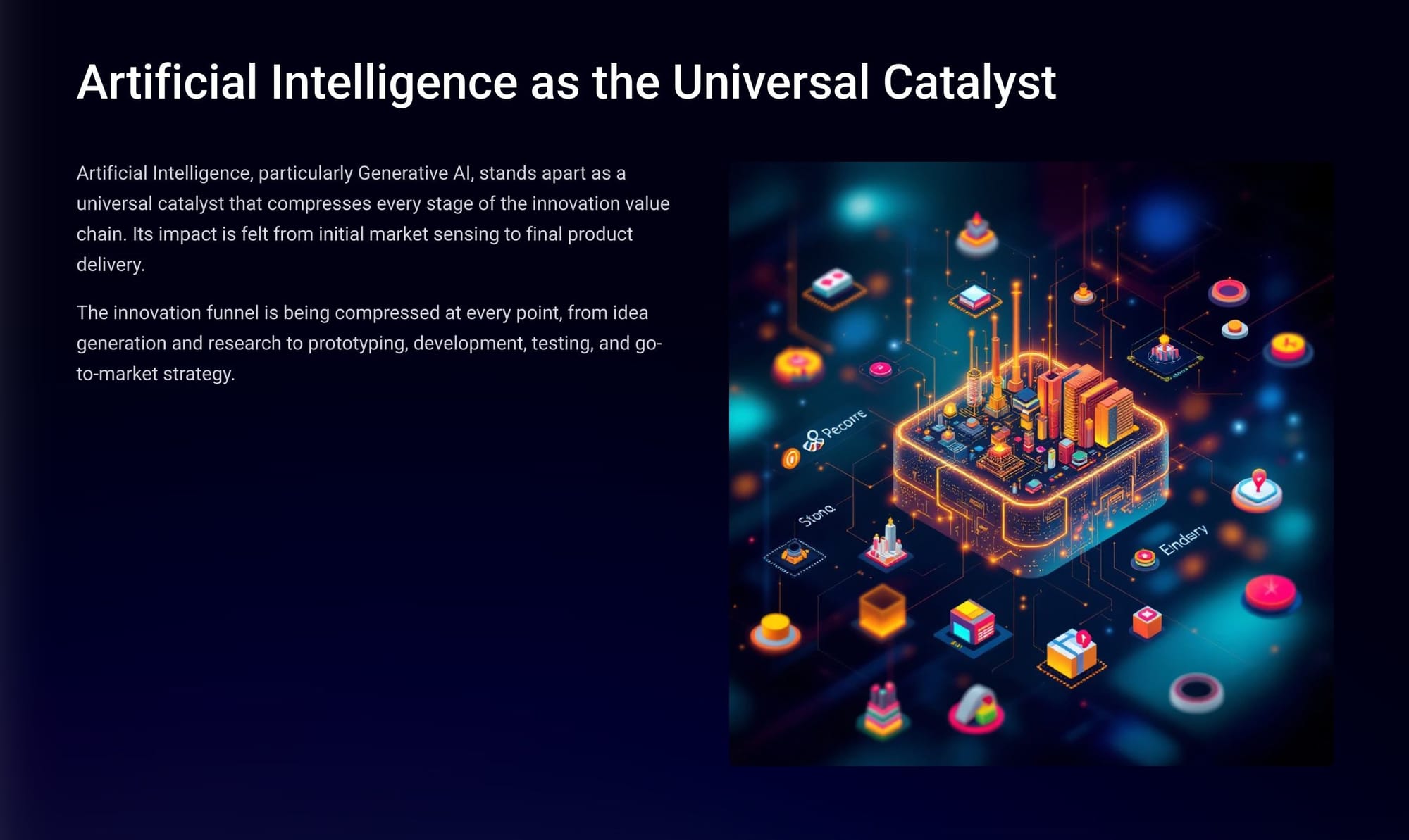
Think about what we are witnessing in terms of this new speed:
- Faster Idea Generation: AI synthesizes immense volumes of unstructured data to identify unmet needs, emerging patterns, and white-space opportunities invisible to human researchers.
- Faster Prototyping: GenAI models generate vast volumes of candidate designs for products, services, and processes, far exceeding human output.
- Faster Development: AI-powered tools automate code generation, identify bugs, and conduct quality assurance testing, freeing human developers for higher-level work.
- Faster Time to Market. AI analyzes market data to identify promising customer segments, personalize marketing, and optimize global supply chains.
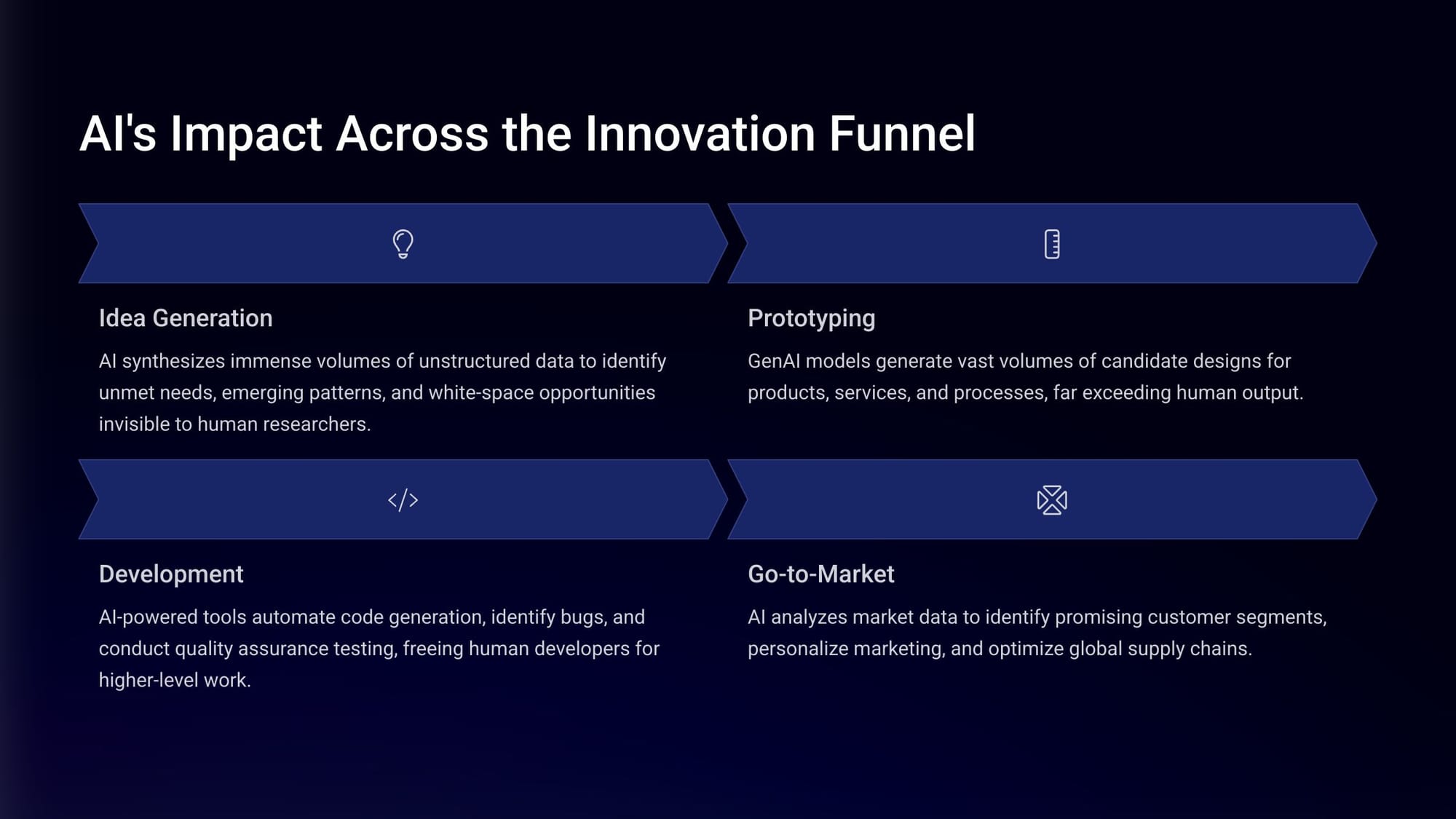
Playing into this speed is the fact that we can now go from blueprint to reality in a natter of hours, instead of days or weeks or months. The driver for this is generative design, aided by the arrival of additive manufacturing (or 3d printing). The impact? The physical world is now catching up to the speed of digital innovation. This combination represents the tangible manifestation of AI-driven compression, collapsing product development timelines from months or years into mere days or weeks.
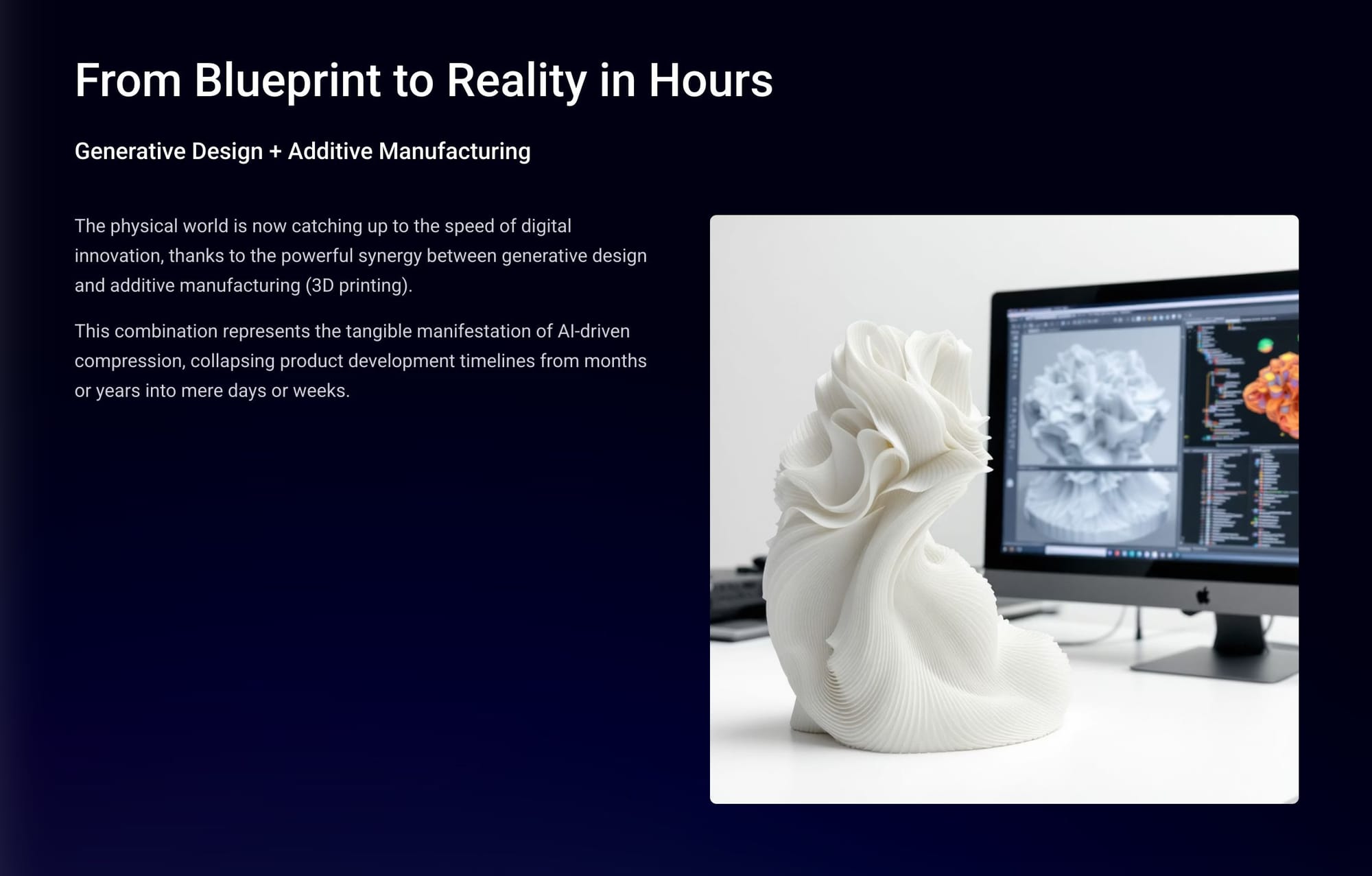
Then there is the fact that digital collaboration tools and the impact of the Internet have led to the power of collective thinking. The biggest trend is perhaps the impact of open-source systems. The idea of open sharing of ideas, concepts, and products provides for high-quality technological building blocks. It prevents any single corporation from monopolizing foundational technologies, thereby raising the baseline capability for all innovators.
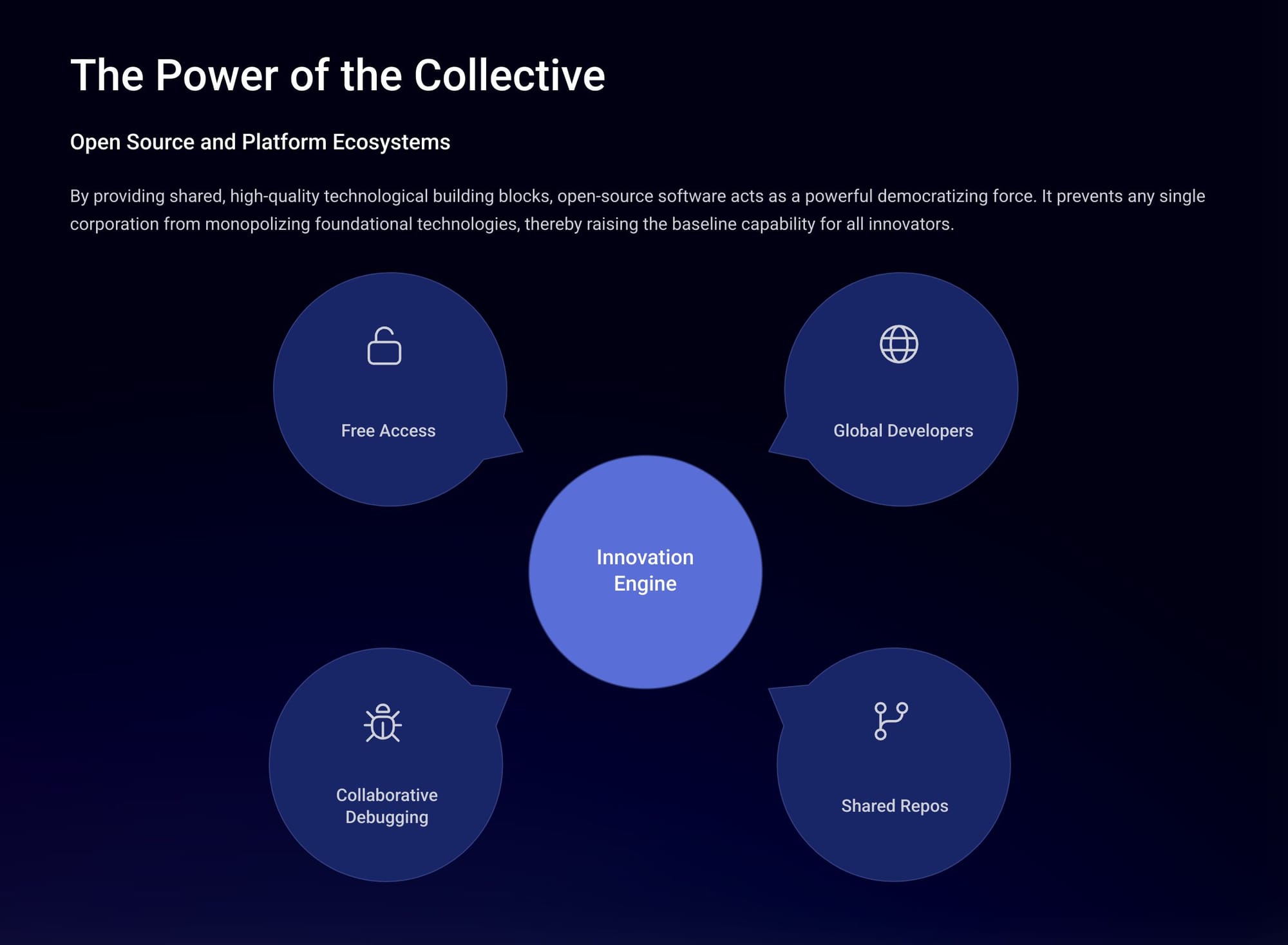
Need a new part for a product? Go grab the 3D blueprint, download it, and print it. Want to try out a hot new product component idea? Go find the digital file for it in the open-source universe, send it to your 3d printer, and take a look at the physical products in just a few hours (or less). Want to prototype an idea with a design team on the other side of the world? Simply share a file back and forth as you constantly evolve the product design.
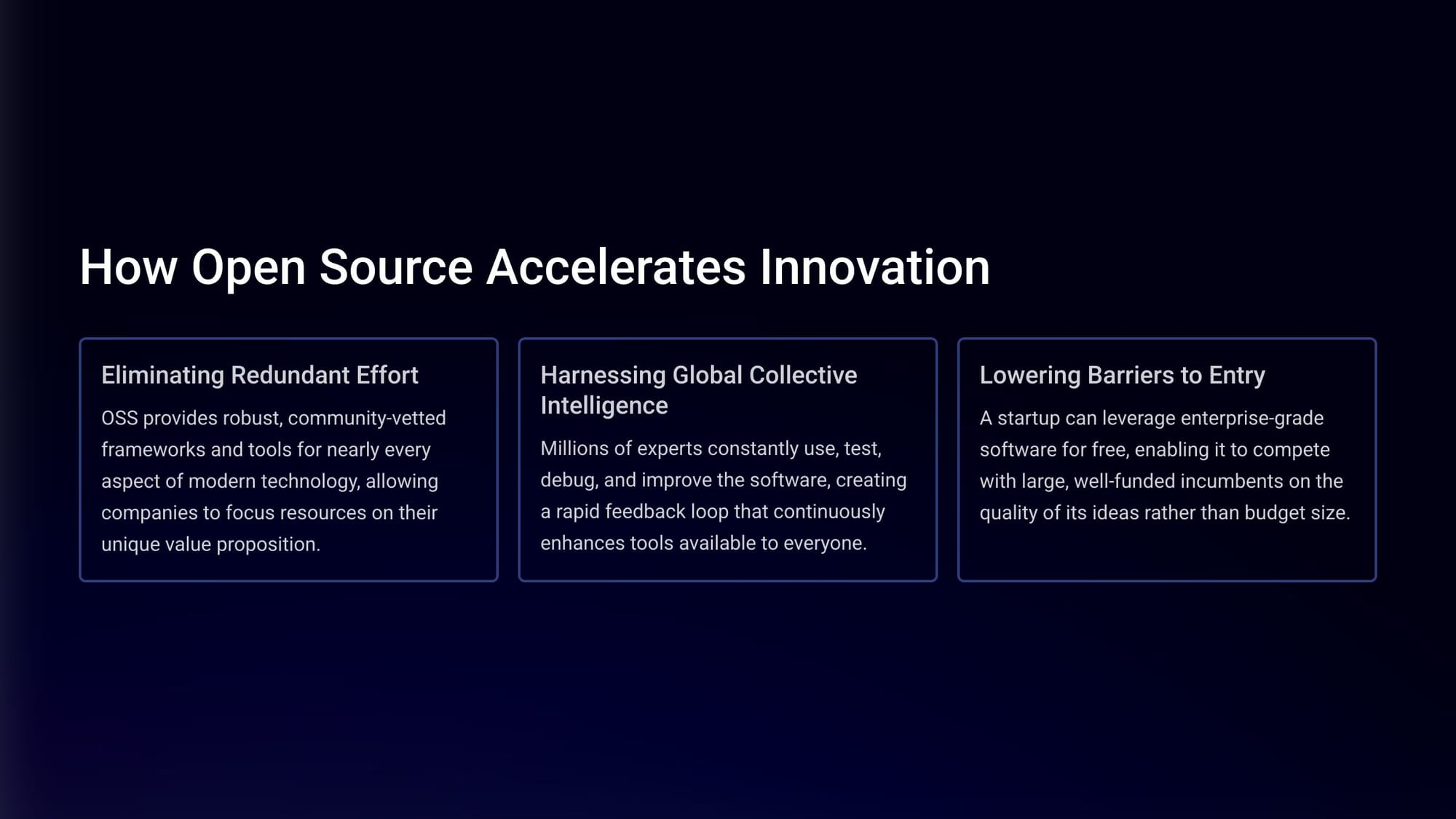
Then there is the fact that many organizations have simply learned how to think and act faster - let's call this the 'agile revolution. The idea, born out of the software development world, provides a powerful template for how organizations can structure themselves for speed, responsiveness, and continuous improvement. Their principles have proven so effective that they are now being adopted across entire enterprises, far beyond the IT department.
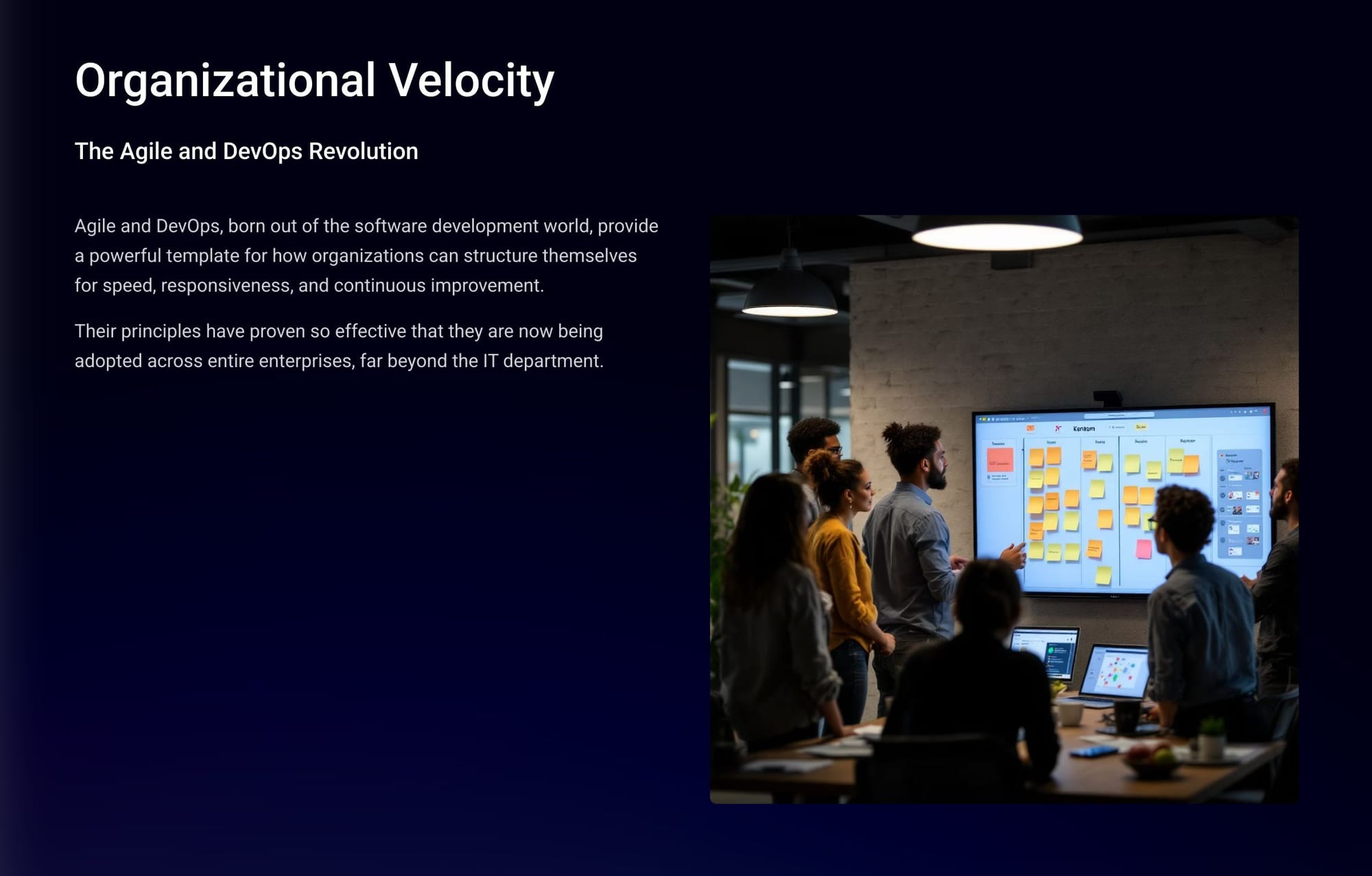
All of these have led to the core principles enabling compressed, faster innovation cycles:
- Iterative Development: Breaking down large projects into small "sprints" with constant feedback, enabling rapid course corrections and eliminating waste of traditional "waterfall" models.
- Cross-Functional Collaboration: Breaking down organizational silos to create cohesive teams with shared ownership of the entire product lifecycle, dramatically reducing bottlenecks.
- Pervasive Automation: Automating the entire delivery pipeline (CI/CD), allowing high-performing teams to deploy changes hundreds or thousands of times more frequently.
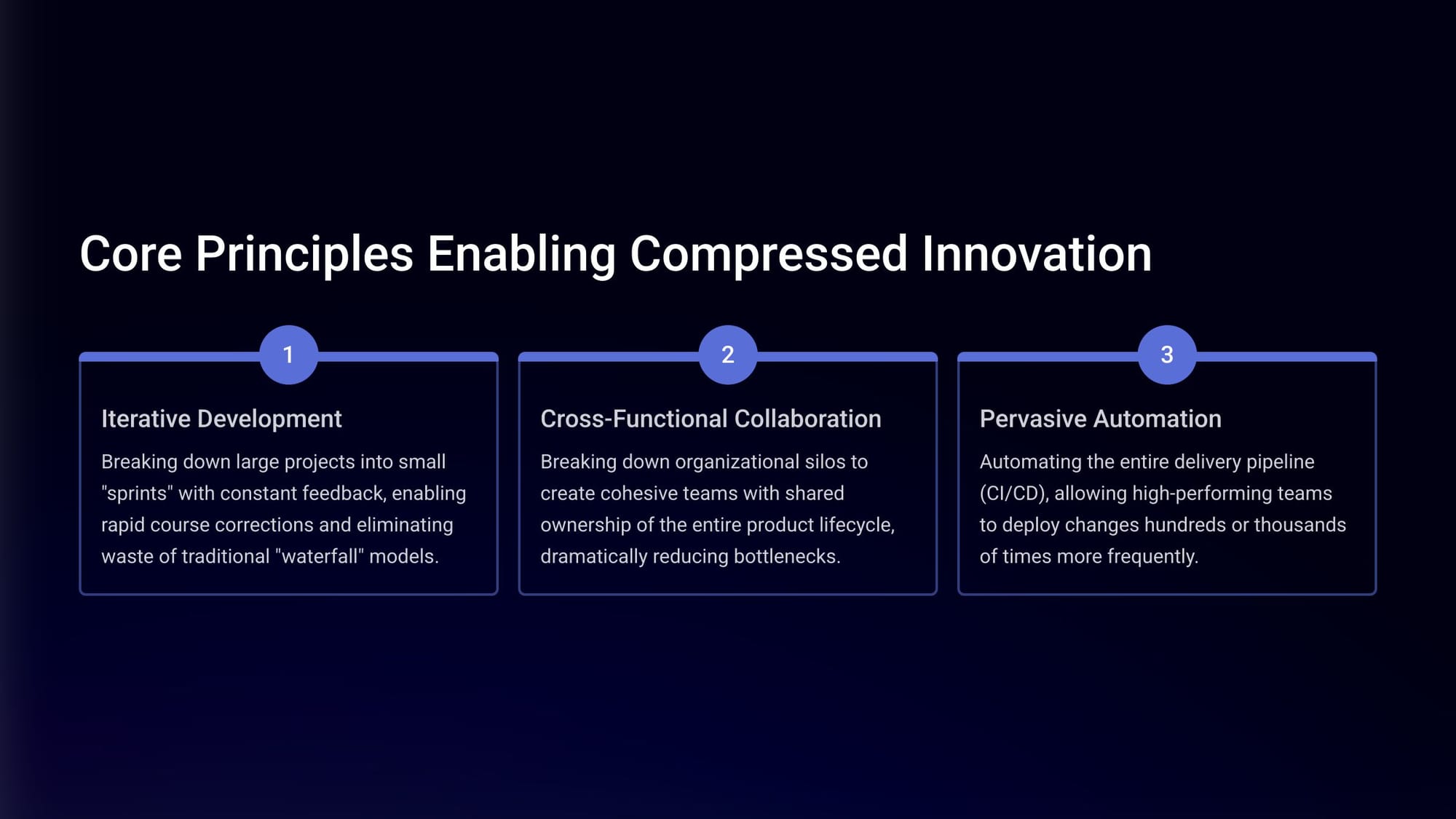
In my case, I identified this trend well over 20 years ago - and back then, it was an edge case, an anomaly, something impacting only a few companies and industries. And yet, I began to relentlessly explore its impact in my books. Is it any wonder they carry titles like The Future Belongs to Those Who Are Fast, then Think Big, Start Small, Scale Fast, and also, Ready, Set, Done.
Today, the trend is going wildly mainstream, impacting both products and services for EVERYONE. Standing still is no longer an option, complacency is a death sentence, and constant reinvention is the new imperative.
Welcome to your faster future!
Futurist Jim Carroll has provided insight on the acceleration of innovation and the collapse of product lifecycles for hundreds of organizations worldwide.

